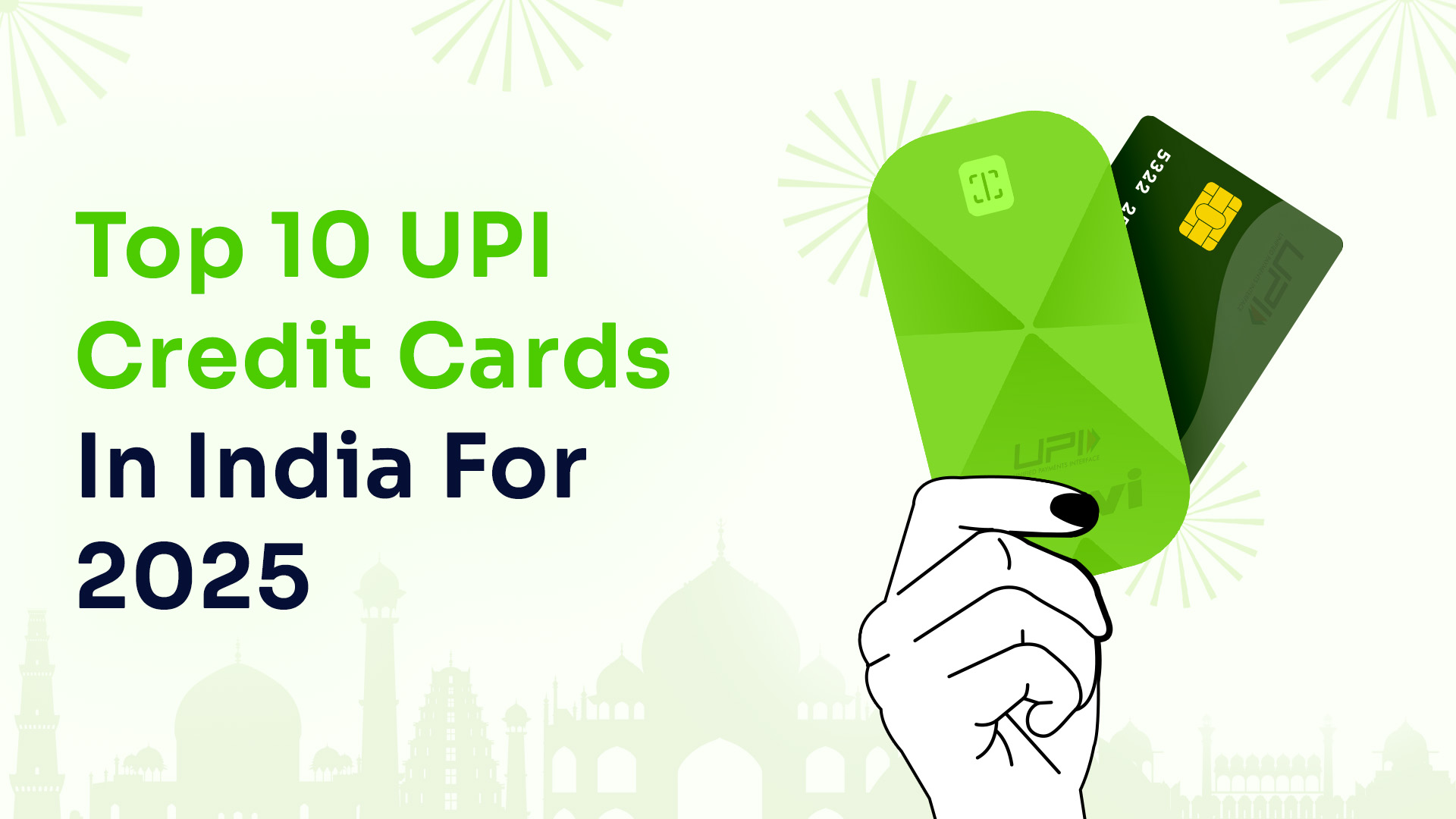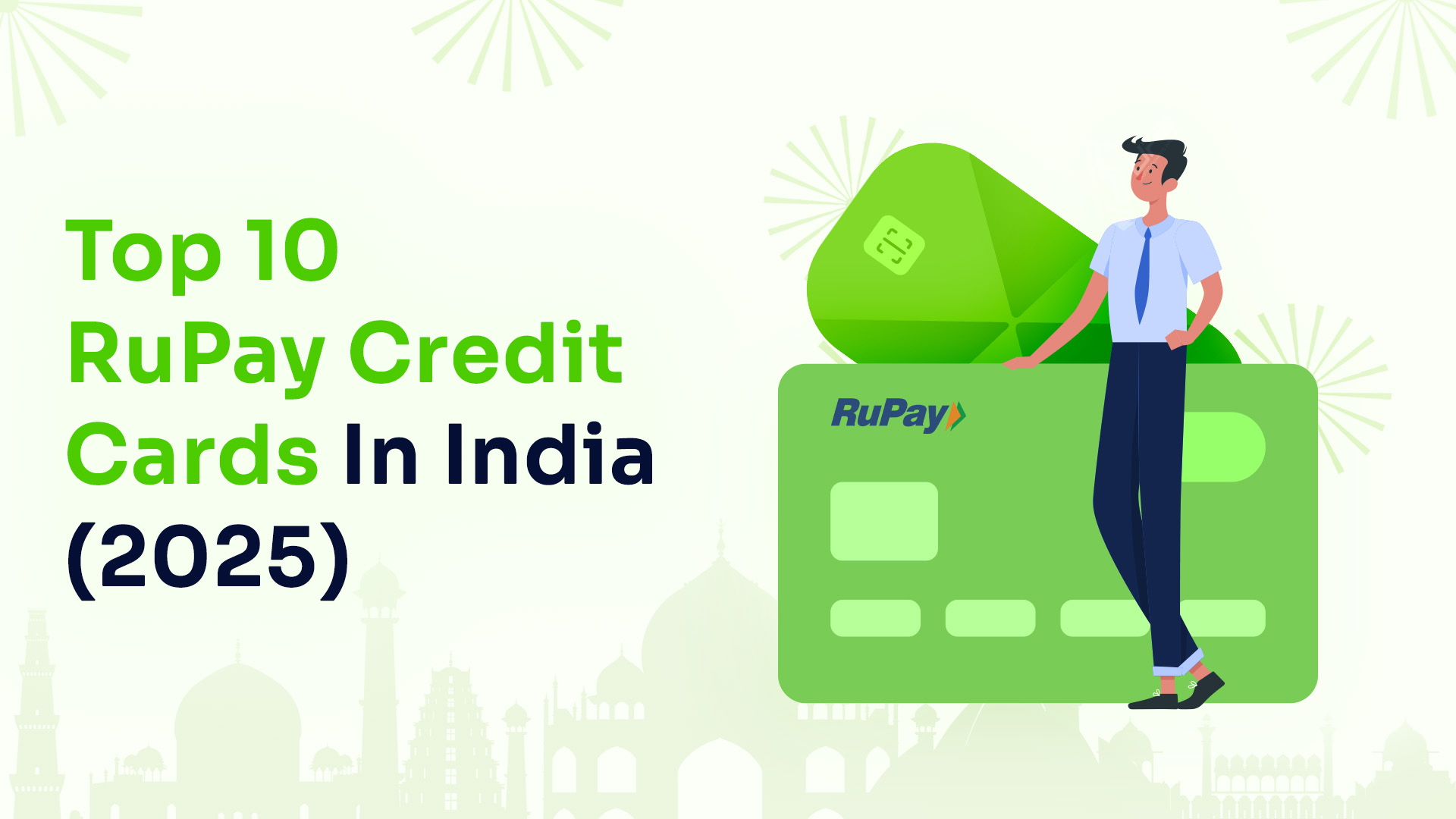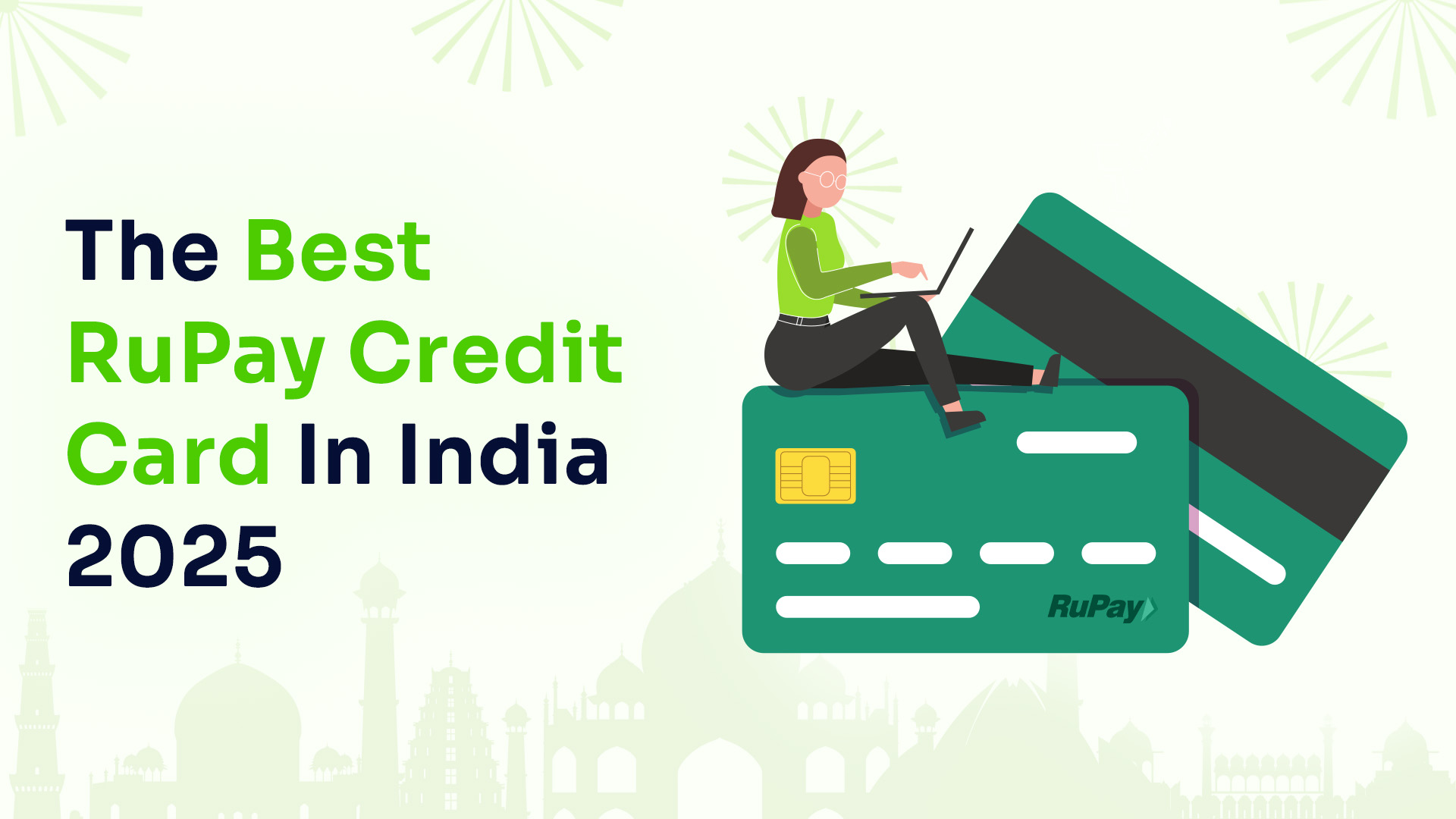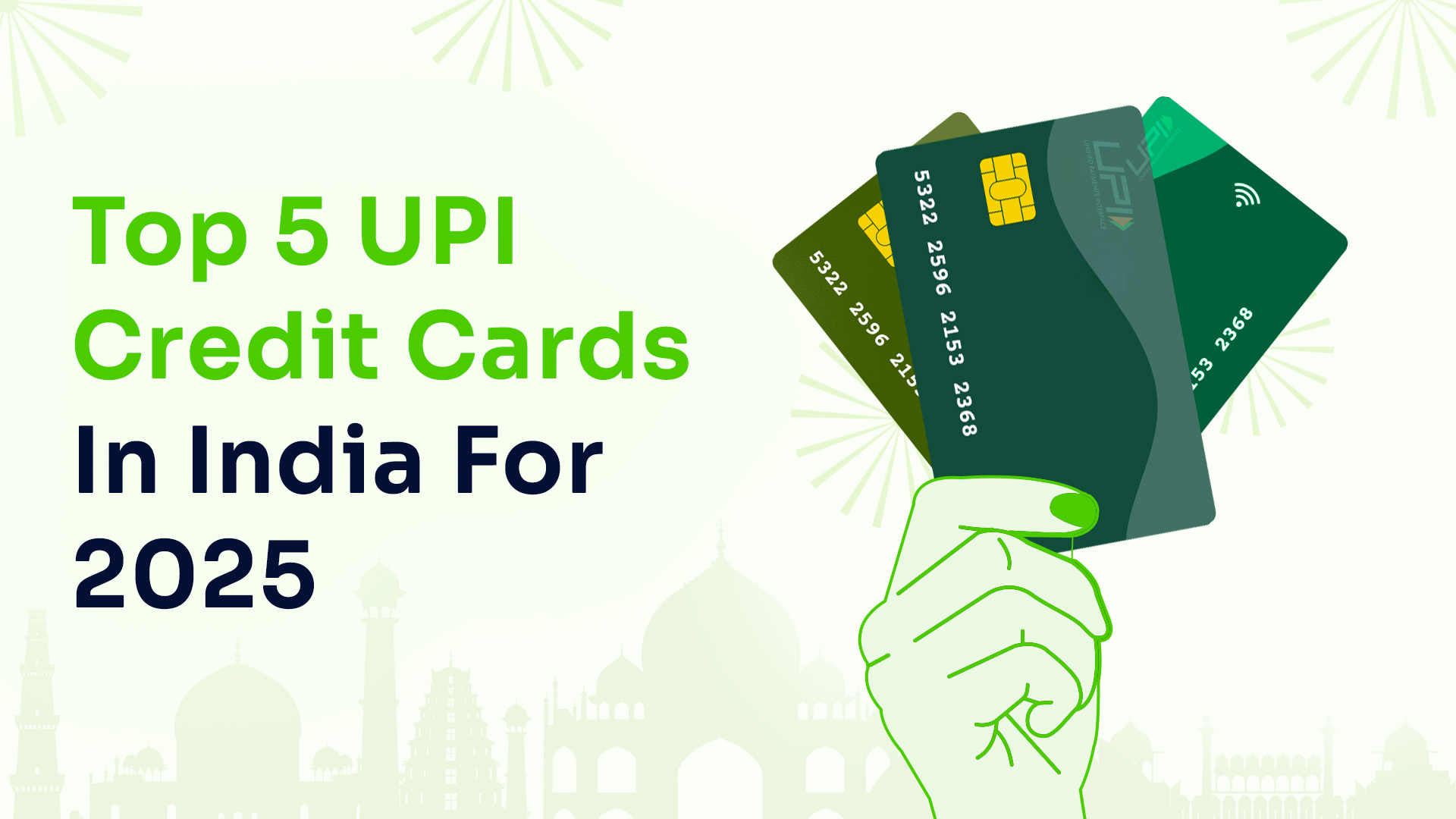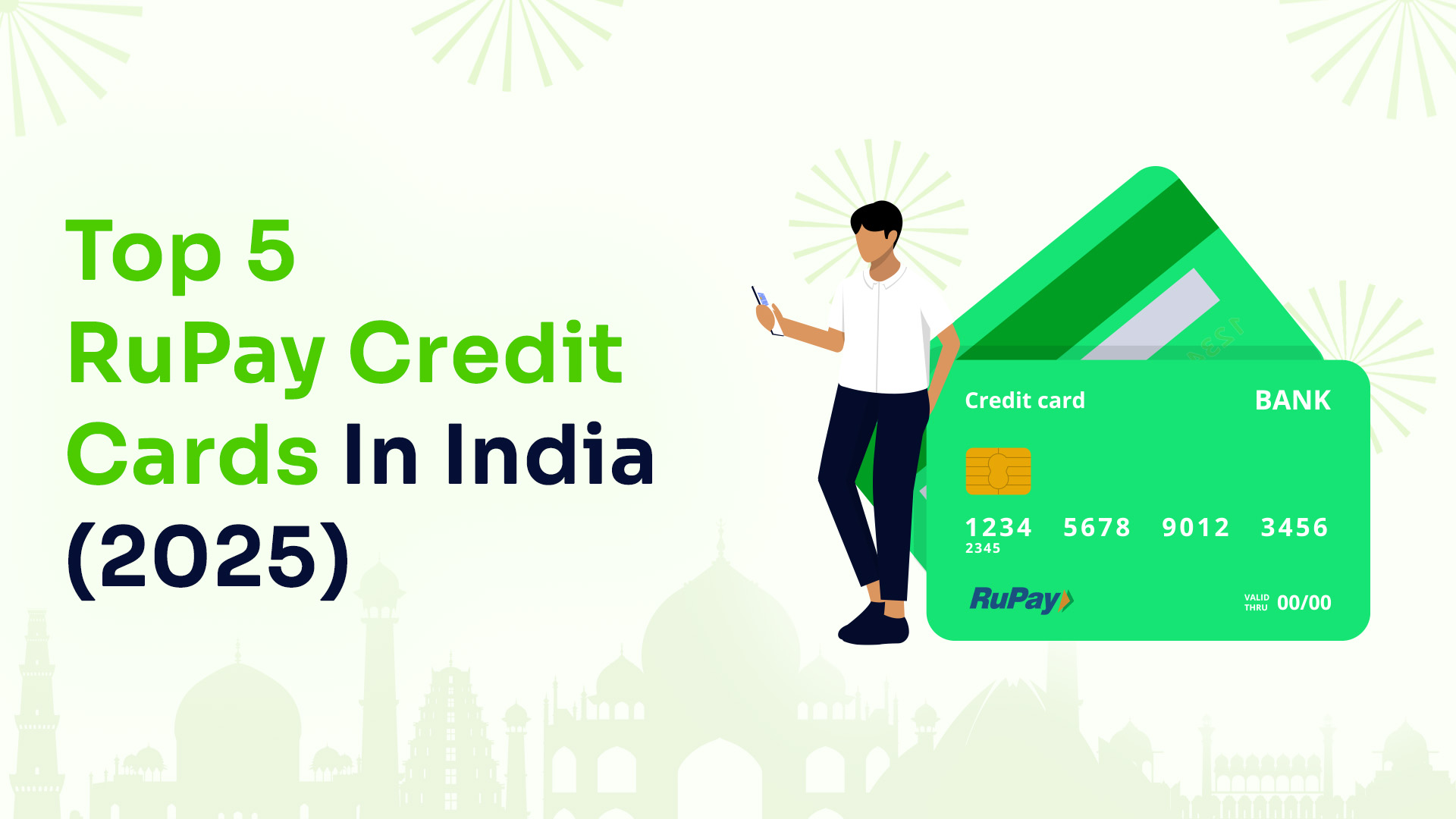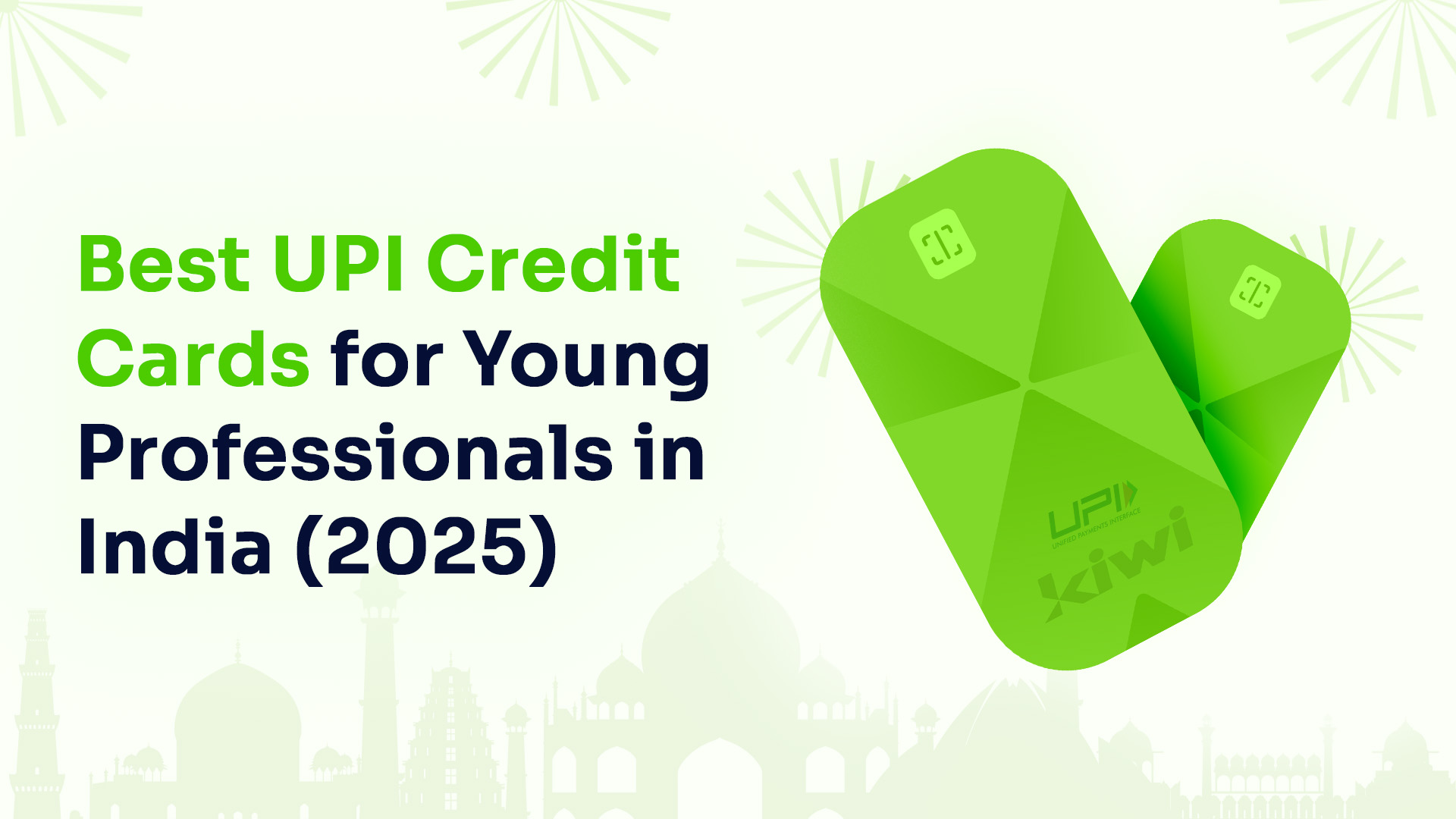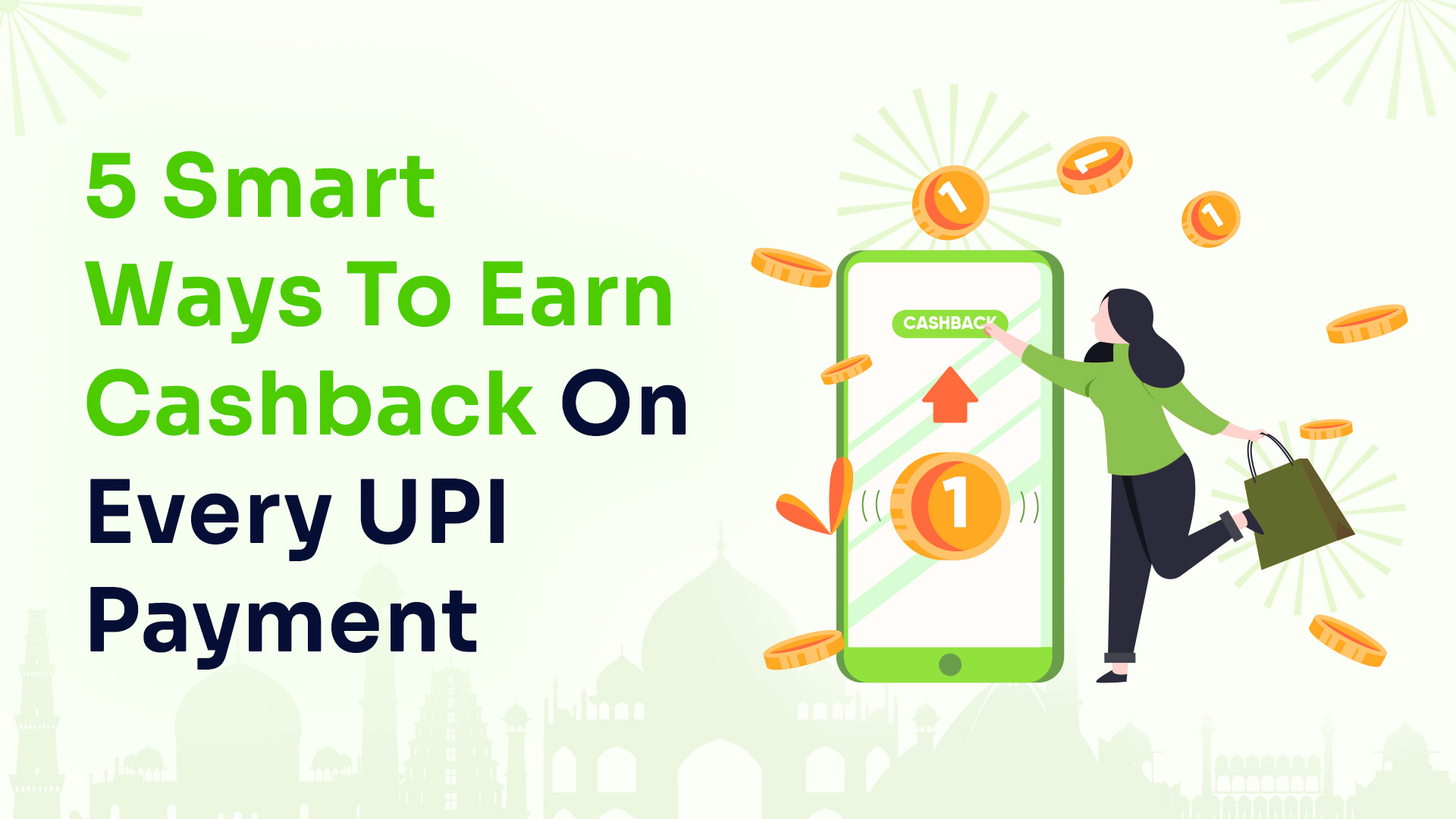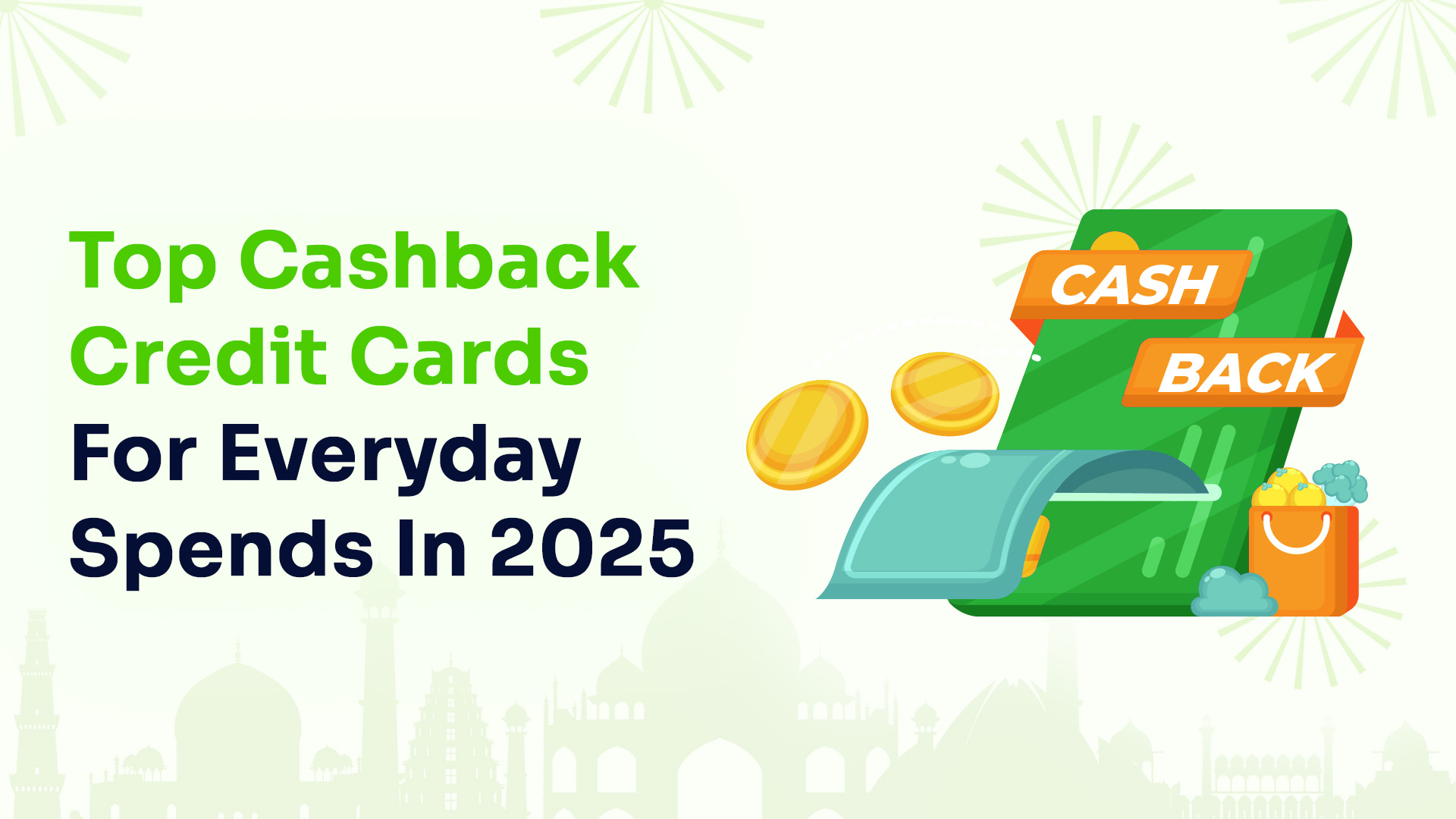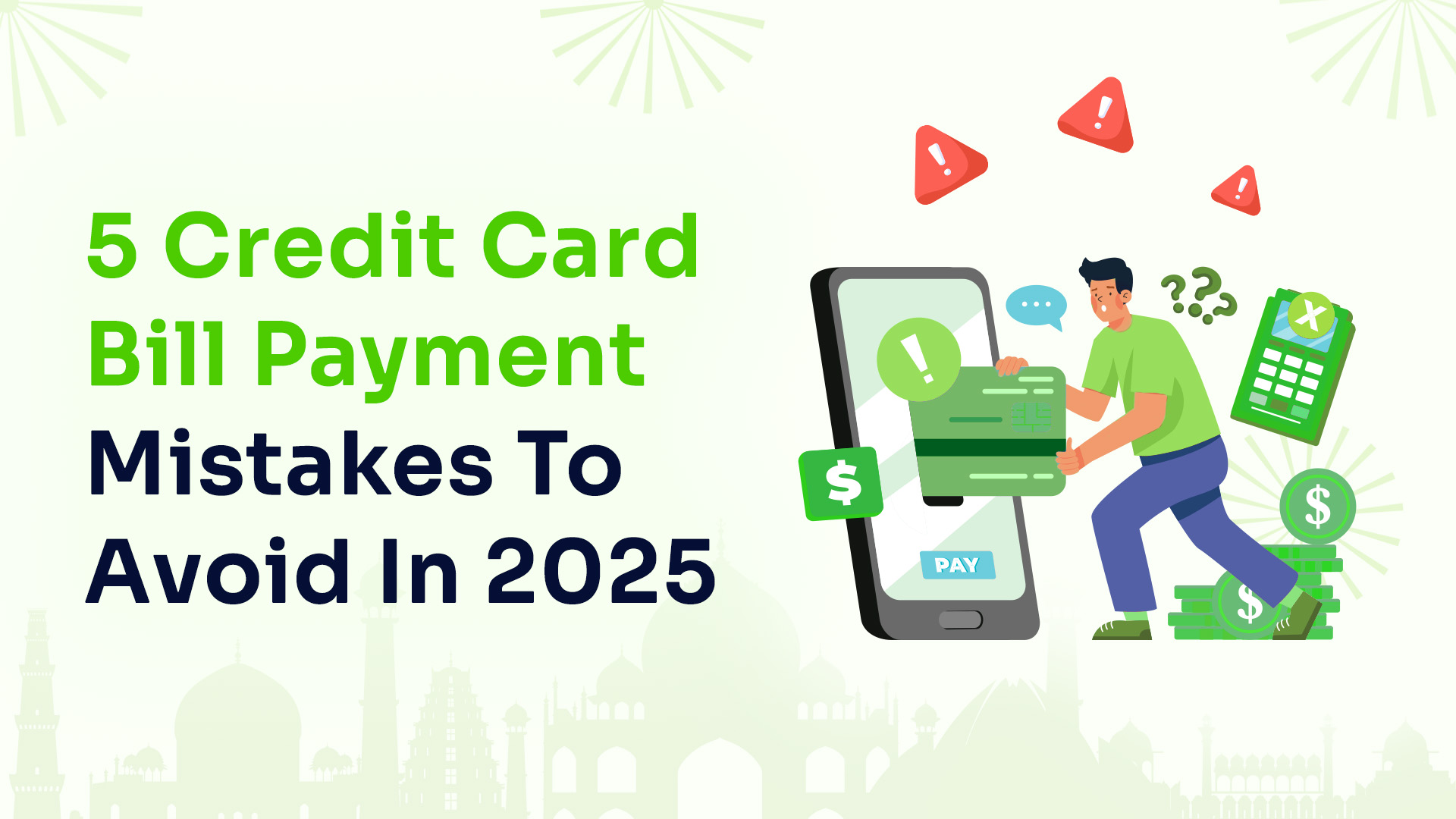
In India’s dynamic fintech landscape, UPI-linked credit cards are transforming everyday spending into rewarding experiences. This blog pits the innovative Kiwi Credit Card against the HDFC Bank UPI Credit Card in a creative face-off, like a nimble startup challenger versus a banking heavyweight. We’ll compare their features based on reliable sources, ensuring accuracy without misinformation.Note: Features can vary; always verify current terms.
UPI Credit Card via Kiwi: The Seamless UPI Powerhouse
Kiwi offers a virtual RuPay credit card integrated with UPI, issued by Axis Bank, emphasizing ease for digital payments. It’s designed for those who prefer app-based spending without physical cards.
- Kiwi – India’s Best UPI Credit Card
- 1.5% flat cashback on everyday/daily UPI payments.
- Cashback goes directly into the bank account
- You also get 3 complimentary lounge accesses with this card’s premium membership(Kiwi Neon).
- Lifetime free card – no joining fees, no annual fees.
- It can be upgraded to a paid membership to get 5% cashback on UPI payments. Membership costs 999/- + GST. If you spend 1.5L annually (which anyone usually does), you save 7,500 directly in your bank account.
Here is how Kiwi gives 5% cashback. You spend 50,000 on UPI payments, you get 3% cashback, which is 1500 directly in your bank account at 1,00,00,0, you get 4% and similarly, when you spend 1.5 lakhs, you save 5% thus getting 7,500 back in your bank account.
HDFC Bank UPI Credit Card: The Rewarding Banking Staple
HDFC’s Swiggy co-branded UPI RuPay Credit Card (focus here, as it’s a key UPI variant) combines banking reliability with targeted perks, ideal for lifestyle spends.
- CashPoints System: 3% CashPoints on groceries, supermarkets, dining, and PayZapp transactions (max 500 points/month); 2% on utilities (max 500); 1% on other spends (excluding rent, wallets, EMI, fuel, insurance, government; max 500/month). Additional 5% on Swiggy for food, Instamart, and Dineout.
- Interest-Free Grace: Up to 50 days on retail purchases, standard for credit cards.
- UPI Integration: Link to UPI apps like Google Pay or BHIM for seamless QR payments, plus compatibility with POS swipes and online use.
- Other Perks: Rs. 500 joining fee (waived on Rs. 20,000 spend in 90 days), points redeemable as cashback or statement credits, and EMI options for large purchases.
Added feature: Zero liability on lost cards and fraud protection, with a focus on co-branded benefits like Swiggy discounts. It’s virtual-first but supports physical issuance if needed.
Head-to-Head Showdown: Kiwi vs HDFC UPI
Imagine Kiwi as a quicksilver sprinter, dodging fees with UPI flair, while HDFC is a marathon runner, stacking points on essentials. Let’s compare key areas.
Rewards Battle
Kiwi offers upto 5% on UPI with milestone boosts, like levelling up in a game for higher spenders. HDFC targets categories (3% on dining/groceries), capped but potent for routine spends, plus Swiggy extras. Kiwi wins for uncapped UPI flexibility; HDFC for foodies and bill payers.
Convenience Clash
Kiwi’s virtual-only setup shines for pure UPI users—no cards to carry, instant app payments. HDFC adds hybrid versatility: UPI for quick scans, plus global acceptance via RuPay network. Kiwi edges for digital purists; HDFC for mixed online/offline needs.
Credit and Flexibility
Both provide 50-day interest-free periods and profile-based limits. Kiwi emphasises a no-fee structure and credit building; HDFC includes EMI conversions and waived fees on spends. HDFC feels more robust for debt management.
Security and Extras
Kiwi features app controls for blocking and tracking. HDFC offers PIN-secured UPI and bank-backed fraud alerts. Both are secure, but HDFC’s co-branding adds niche perks like dining discounts.
Choosing Your Champion
Go Kiwi if you’re UPI-centric, seeking fee-free rewards and simplicity—like a lightweight app for daily hustles. Choose HDFC for category-specific perks and banking integration, ideal for grocery runs or dining out. Both beat debit cards with rewards and credit limits, without account drains. Check eligibility and terms, as offers evolve.
